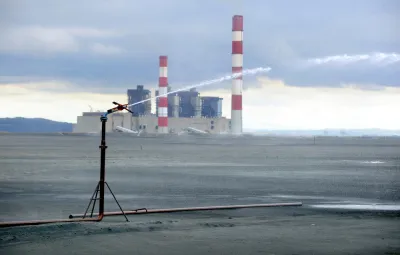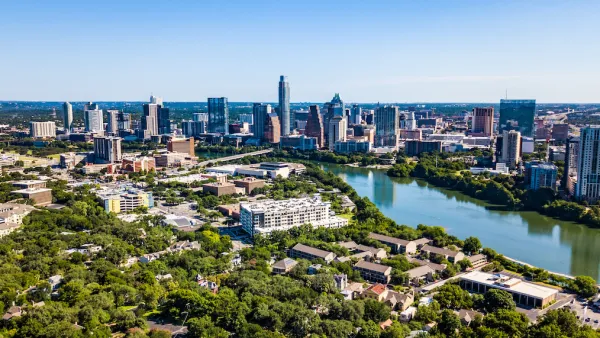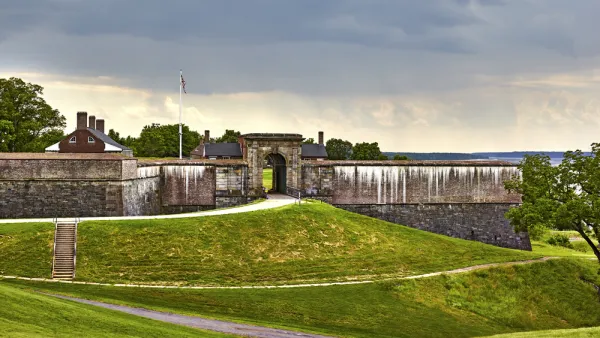Can a Democratic governor in a state controlled by a Republic legislature achieve meaningful emissions reductions from the state's energy utilities? North Carolina Governor Gary Cooper is trying.

James Bruggers reports on the changes in North Carolina in since January 2017, when Governor Gary Cooper took office:
After replacing a Republican who questioned whether climate change was caused by human activities, Democratic Gov. Roy Cooper has testified before Congress on North Carolina's sizable climate challenges and unveiled a draft clean energy plan designed to put the state on a path toward eliminating carbon emissions from the power sector by mid-century.
The state's Republic legislature has forced Governor Cooper and allies on matters of climate policy to seek short-term wins and work-arounds, however.
The example that informs Bruggers's reporting centers around Duke Energy, the biggest utility in the state, which has developed solar power for use in the state but still largely relies on coal and natural gas. A clean energy plan championed by Governor Cooper would require Duke to go further in reducing emissions from electricity generation.
Here's where the "work-arounds" referenced by Bruggers comes in. Should legislators balk at Cooper's clean energy plan, it's becoming evident that state regulators could decide to clamp down on Duke's emissions anyways.
In addition to detailing some of the initial actions of the state in siding with the governor and pressuring Duke to target more aggressive carbon emissions reduction, the article also includes a lot more detail on the components of the governor's clean energy plan.
FULL STORY: A Southern Governor's Climate and Clean Energy Plan Aims for Zero Emissions

National Parks Layoffs Will Cause Communities to Lose Billions
Thousands of essential park workers were laid off this week, just before the busy spring break season.

Retro-silient?: America’s First “Eco-burb,” The Woodlands Turns 50
A master-planned community north of Houston offers lessons on green infrastructure and resilient design, but falls short of its founder’s lofty affordability and walkability goals.

Delivering for America Plan Will Downgrade Mail Service in at Least 49.5 Percent of Zip Codes
Republican and Democrat lawmakers criticize the plan for its disproportionate negative impact on rural communities.

Test News Post 1
This is a summary

Test News Headline 46
Test for the image on the front page.

Balancing Bombs and Butterflies: How the National Guard Protects a Rare Species
The National Guard at Fort Indiantown Gap uses GIS technology and land management strategies to balance military training with conservation efforts, ensuring the survival of the rare eastern regal fritillary butterfly.
Urban Design for Planners 1: Software Tools
This six-course series explores essential urban design concepts using open source software and equips planners with the tools they need to participate fully in the urban design process.
Planning for Universal Design
Learn the tools for implementing Universal Design in planning regulations.
EMC Planning Group, Inc.
Planetizen
Planetizen
Mpact (formerly Rail~Volution)
Great Falls Development Authority, Inc.
HUDs Office of Policy Development and Research
NYU Wagner Graduate School of Public Service





























